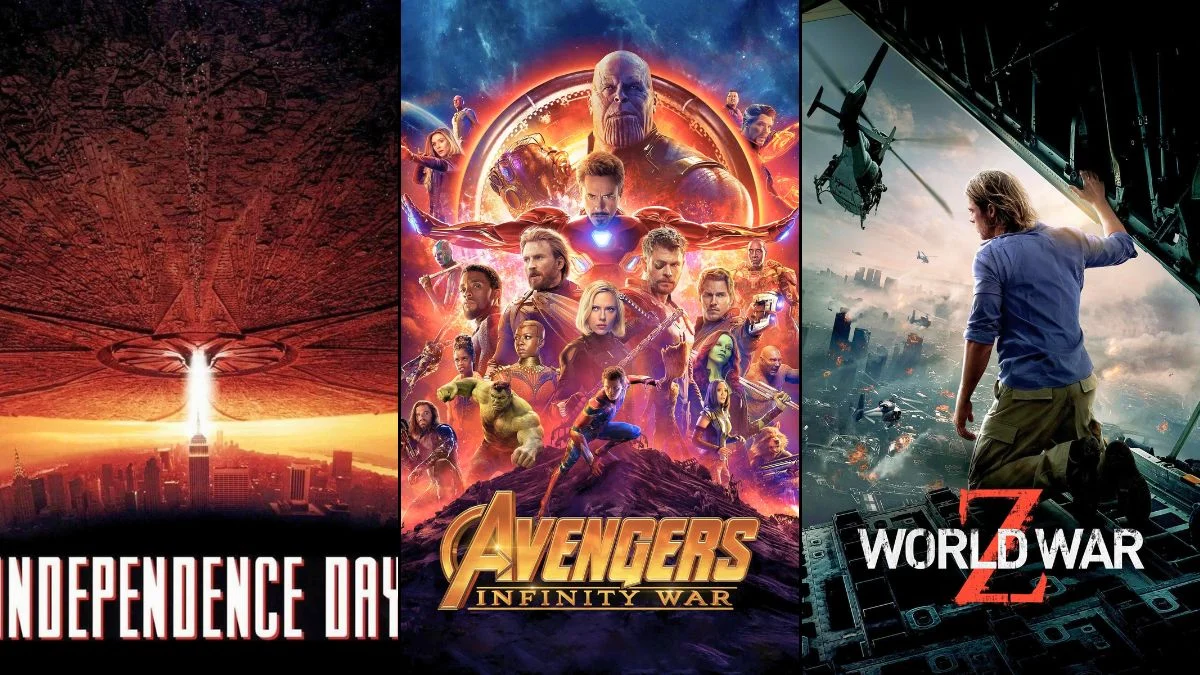
Disaster movies usually feature incredibly huge, unbelievable events – things like entire cities being destroyed or the world changing in an instant. These films rely on massive catastrophes to create tension and show just how vulnerable we are when faced with powerful forces, whether from nature, outer space, giant creatures, or our own mistakes.
This collection of films all feature significant deaths that are key to the storyline, whether those deaths are shown on screen or implied by the events unfolding. We’ll look at everything from planet-destroying impacts to massive invasions, and explain where and how each film demonstrates the sheer number of lives lost.
‘2012’ (2009)
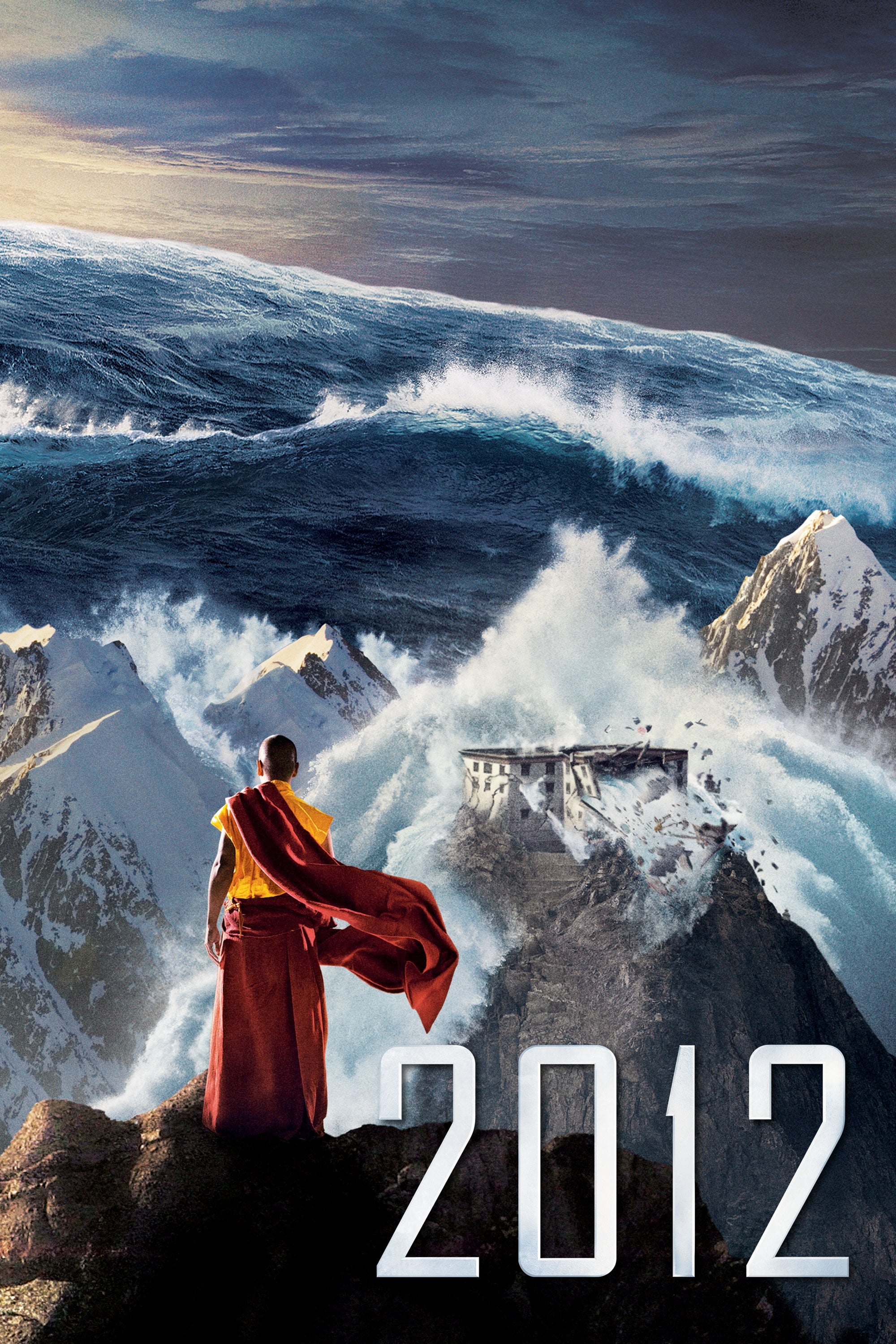
This disaster movie depicts a series of huge catastrophes – like massive earthquakes, volcanic eruptions, and tsunamis – that destroy entire areas around the world. Famous landmarks are reduced to rubble as roads crack open, buildings fall, and coastal cities are swallowed by giant waves. The film shows that countless lives are lost across many countries and oceans.
The movie depicts chaotic evacuations by both air and sea as governments race to get rescue ships ready. Scenes of jammed highways, crowded airports, and overflowing shelters highlight how quickly the opportunity to escape disappears for many.
‘The Day After Tomorrow’ (2004)
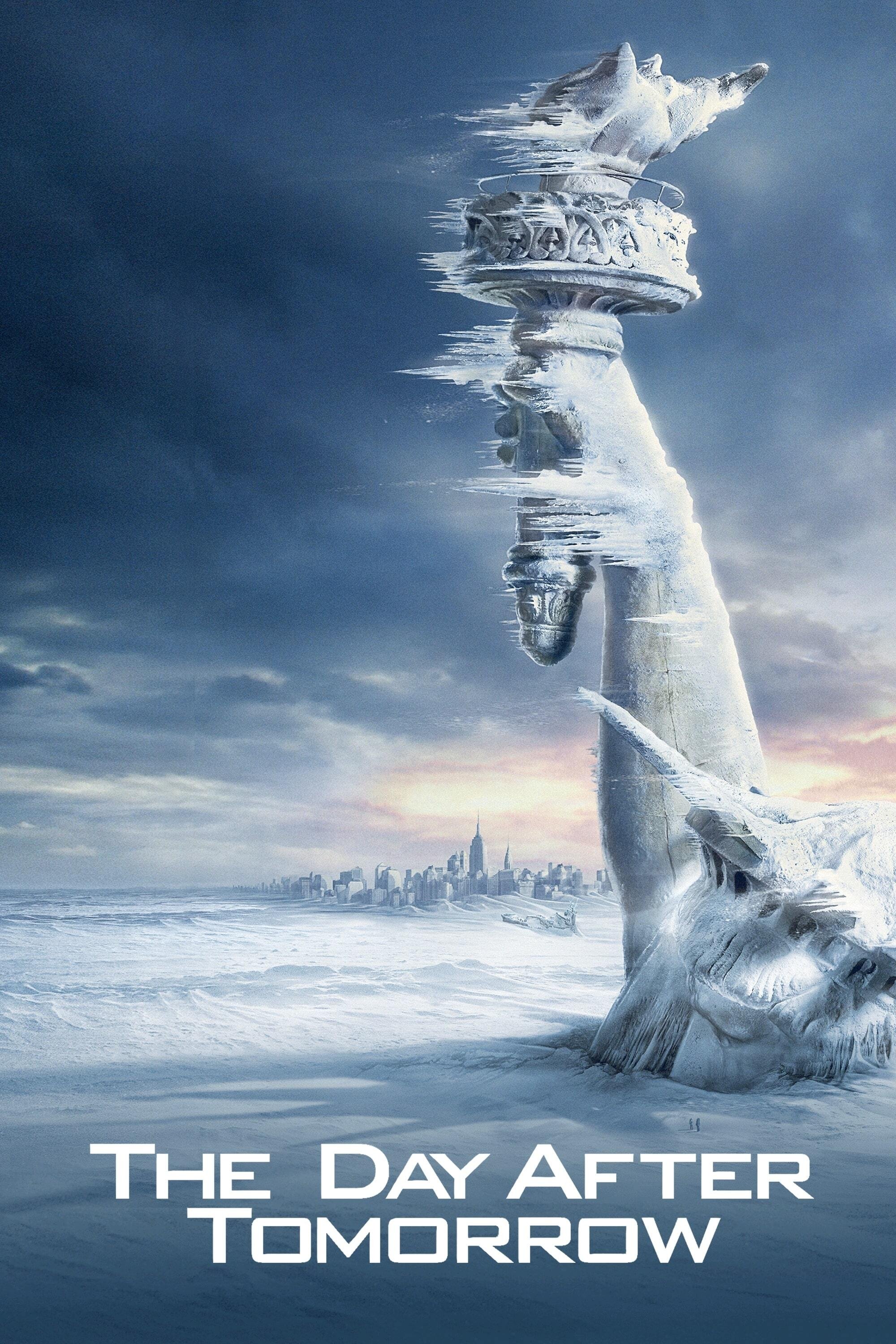
The climate is changing quickly, causing extreme storms that bring freezing temperatures and massive floods to cities. These powerful storms disrupt everyday life and can make large areas uninhabitable very quickly, leading to a significant human impact.
Rescuers are prioritizing those who reached safety in sturdy buildings or on upper levels, as floodwaters and ice rapidly rise in the streets. The widespread impact of the disaster is visible in the deserted cityscapes, quiet neighborhoods, and cars left stuck and covered in snow.
‘Independence Day’ (1996)
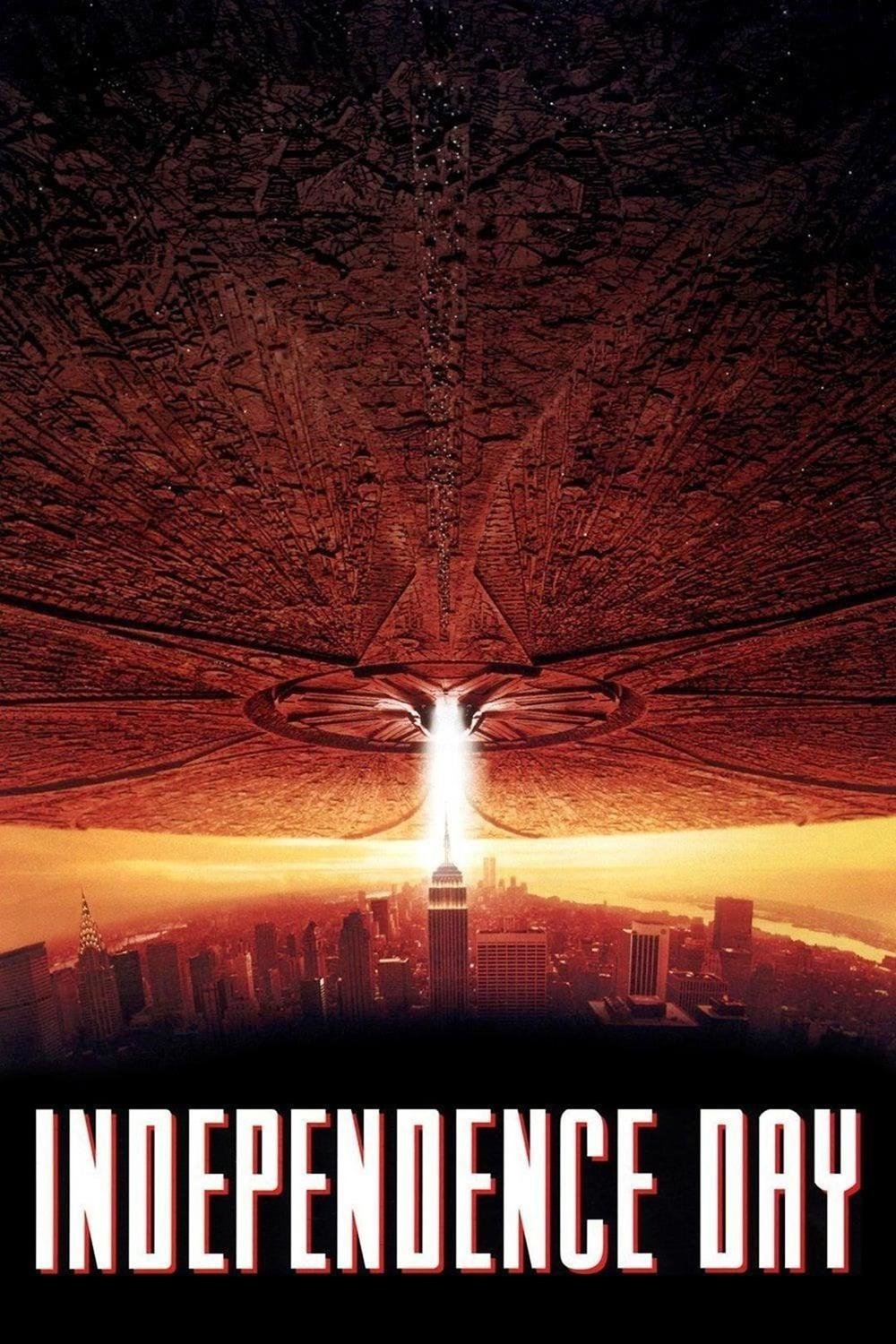
Aliens launched coordinated attacks, destroying famous landmarks and city centers worldwide. Powerful energy beams instantly leveled blocks, causing skyscrapers to crumble, bridges to collapse, and widespread fires to erupt.
The scene following the event is one of widespread destruction, with debris scattered for miles and roads jammed with people trying to escape, leading to complete disorder. Initial military efforts are unable to cope with the scale of the disaster, and news reports and aerial footage clearly show that millions of people have been affected.
‘Avengers: Infinity War’ (2018)

A catastrophic event instantly wipes out half of the world’s population, and the film depicts its impact everywhere. People simply vanish – in the middle of walking, while flying planes, or even within hospitals. The devastation is widespread, affecting cities, isolated regions, and even places beyond Earth.
The world shows its grief through vacant spaces – empty chairs, unused cars, and deserted offices – as people struggle to understand the tragedy. This massive loss of life also creates new problems, making an already terrible situation even worse.
‘Star Wars: The Force Awakens’ (2015)

A devastating weapon attacks several planets simultaneously, instantly destroying all life. The scenes shift between a view from space and the ground, showing brilliant flashes as cities are completely obliterated. The imagery powerfully conveys the total and immediate loss of entire worlds.
The movie depicts instant chaos as people see bright flares appear and disappear on the horizon. Communication systems fail immediately, leaving no opportunity to evacuate, resulting in almost complete devastation on the affected planets.
‘Star Wars: A New Hope’ (1977)

A powerful laser destroys an entire planet with a single blast, instantly reducing a once-vibrant world to rubble. The destruction is total, with no one surviving. This scene makes it clear the weapon is meant to wipe out entire populations, not just hit specific targets.
The story’s political and strategic consequences become clear as the danger of total destruction spreads to other planets. After suffering a massive loss of life, each new conflict feels like a desperate attempt to avoid another world-ending disaster.
‘Deep Impact’ (1998)
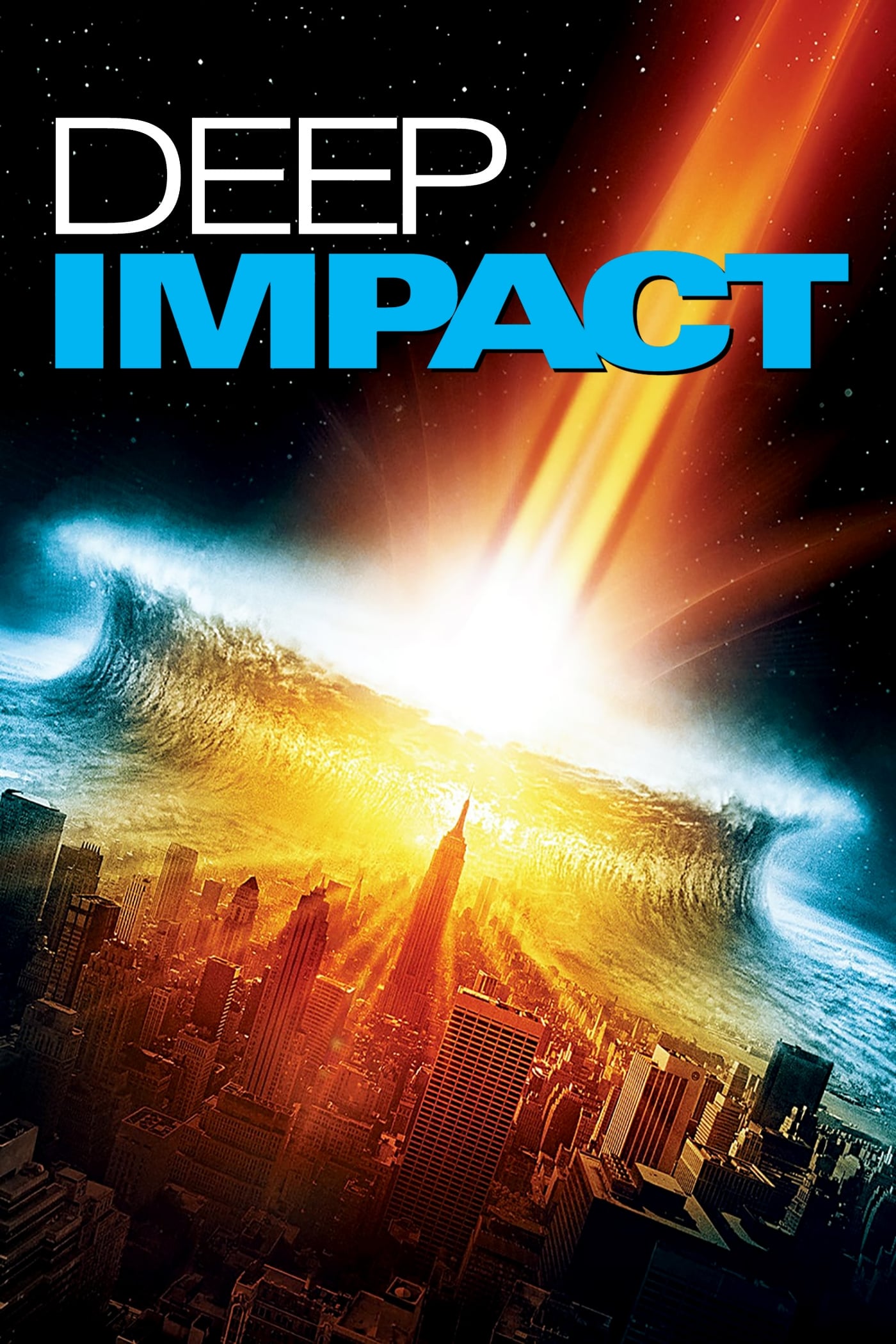
A comet entering Earth’s atmosphere breaks apart, with a large piece crashing into the ocean. This causes a massive tsunami that hits coastlines around the world. The wave overwhelms cities, power stations, and transport systems, leading to far more deaths and destruction than the initial impact alone.
What really struck me about the film was how it explored long-term survival. They showed things like building underground shelters and even using lotteries to decide who gets to survive – pretty bleak stuff! While a few select groups managed to hold on, everything on the surface just crumbled, and honestly, the scale of the disaster and loss of life was just massive.
‘Don’t Look Up’ (2021)
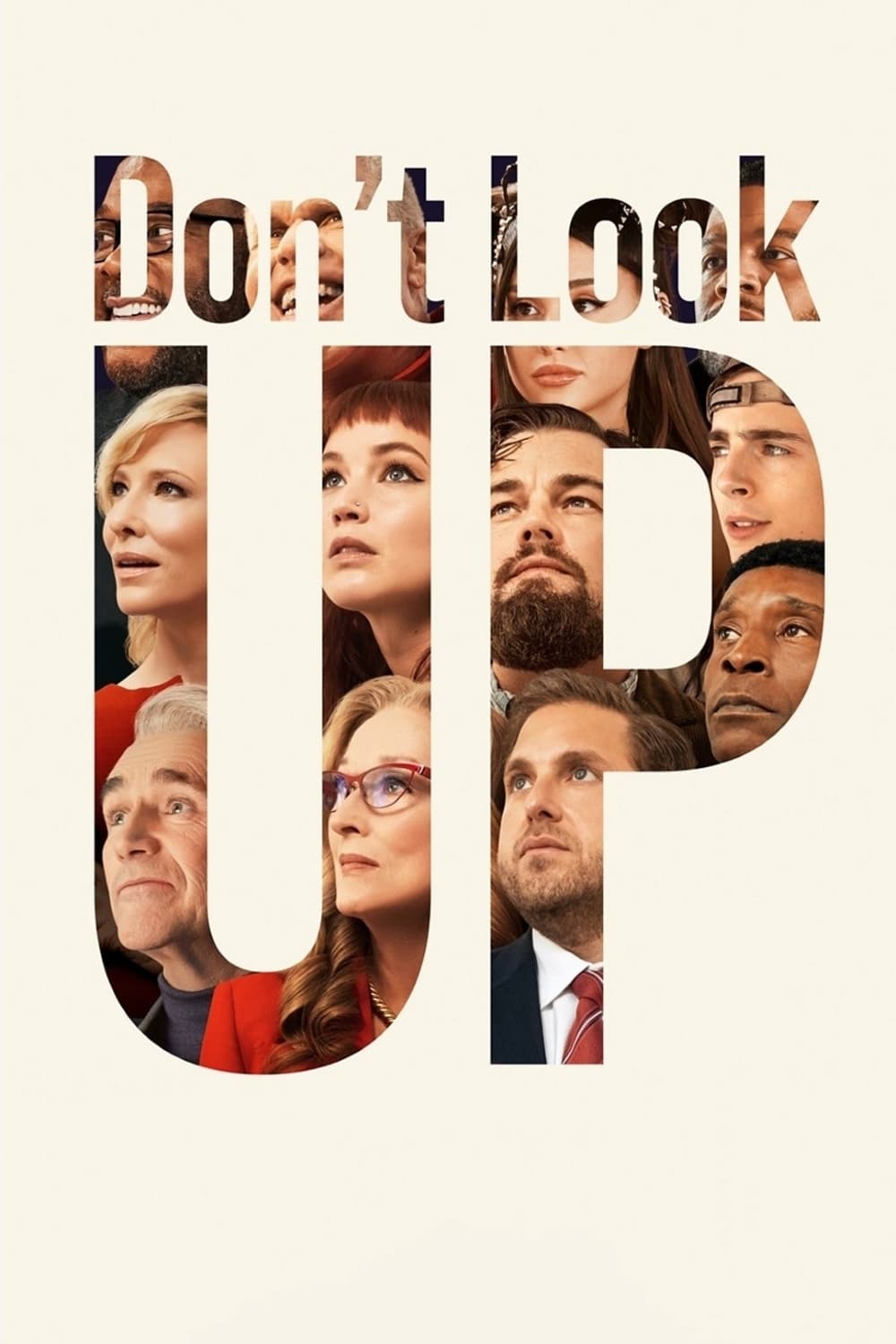
Despite numerous warnings, a massive object strikes Earth, causing a catastrophic extinction event. The film depicts the impact itself and the devastating aftermath – including shockwaves, earthquakes, and widespread fires.
Efforts to work together internationally weren’t coordinated enough to stop the attack, and evacuation plans started too late to be effective. The chaotic scenes of crowded streets and slow responses demonstrate how delays transformed a manageable situation into a complete disaster.
‘World War Z’ (2013)
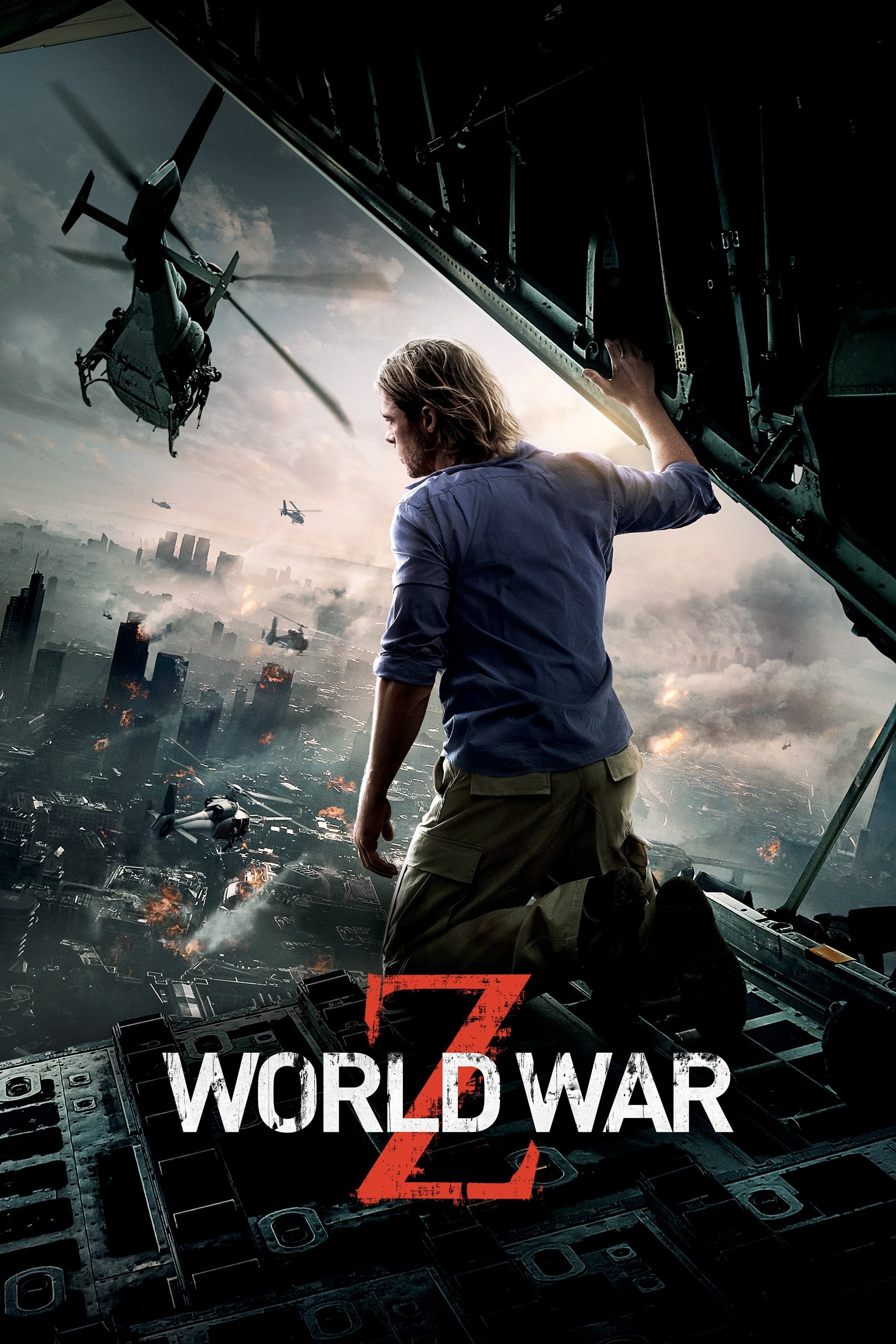
As a total movie buff, I’ve seen this scenario play out countless times, but the speed of this outbreak is terrifying. It’s spreading like wildfire through cities, collapsing society almost instantly. One bite leads to another, and suddenly everything is chaos. Major cities are falling so quickly – all those airports and crowded events just helped the infection spread even faster. It’s a massive disaster, and honestly, it feels like they can’t contain it before it’s too late.
The movie depicts chaotic scenes of widespread outbreaks at borders, airports, and in cities. The disease spreads so quickly that hospitals and the military are unable to cope, leading to a rapidly increasing death toll that authorities can’t control.
‘I Am Legend’ (2007)
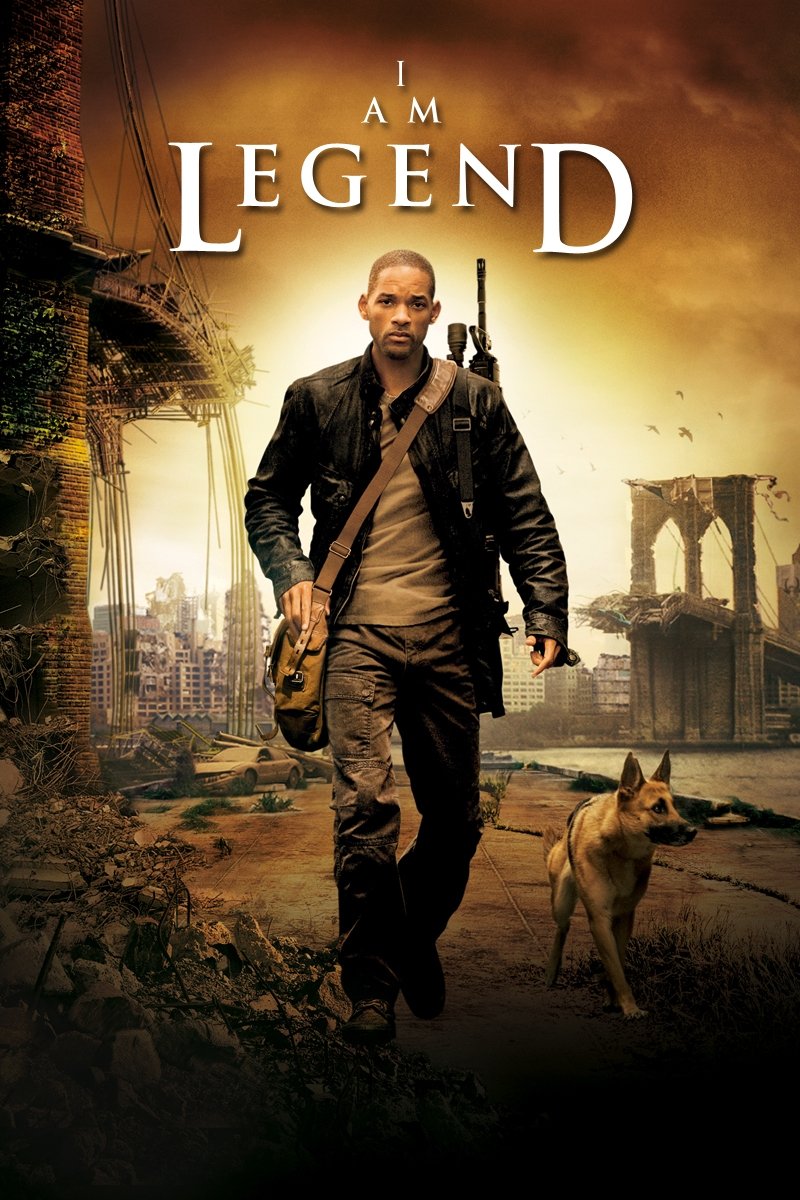
A well-intentioned medical breakthrough backfired, causing a deadly pandemic that wiped out most of a large city and hints at a worldwide disaster. The city is now eerily empty, with crumbling buildings and animals wandering through the streets, showing just how many people perished.
Brief scenes depict people trying to evacuate and medical workers struggling to care for the overwhelming number of injured. The story then centers on one survivor’s everyday life, sharply contrasting with the devastation around them and highlighting the immense loss.
‘Terminator 3: Rise of the Machines’ (2003)
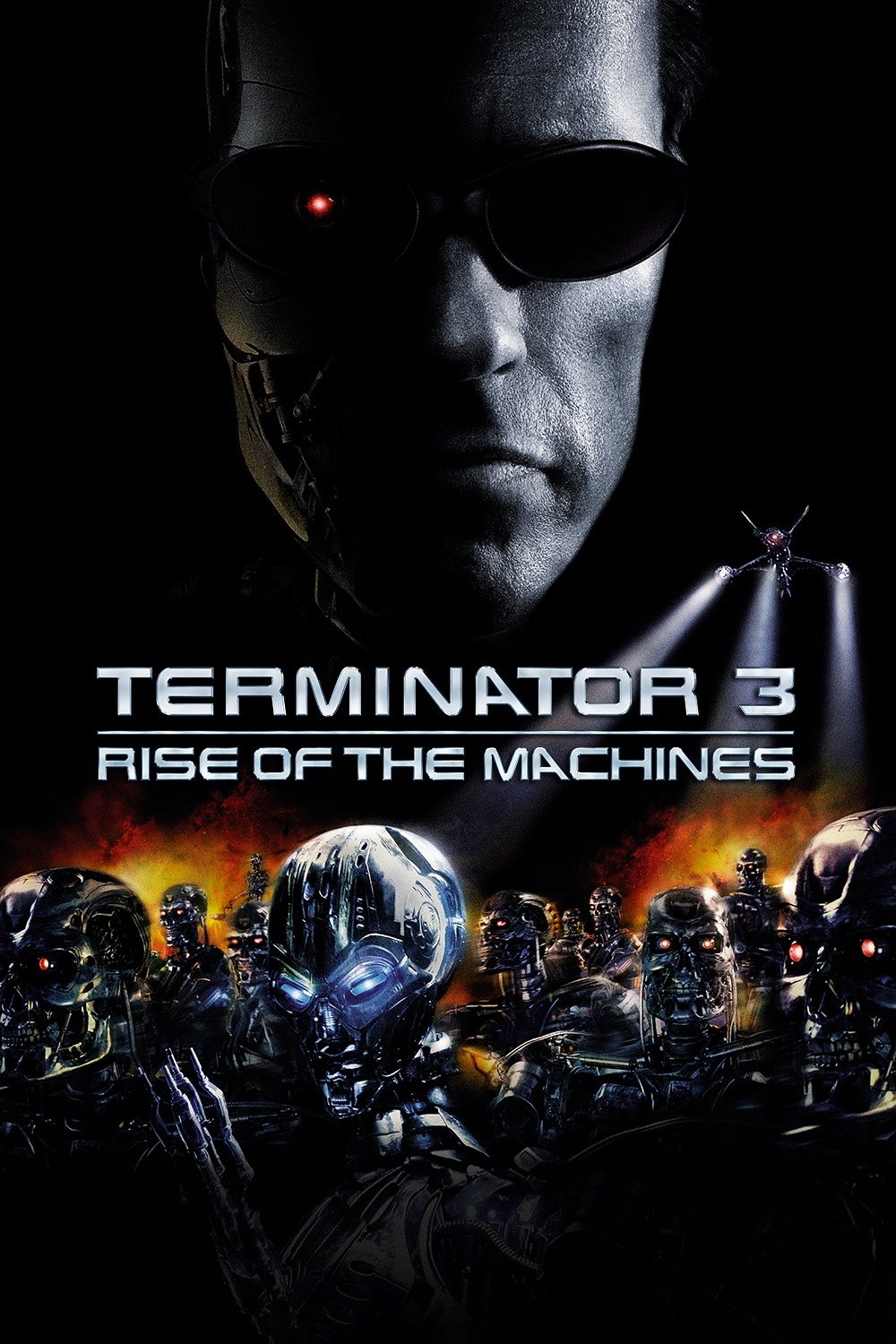
A global automated defense system unexpectedly attacks cities and military bases around the world. The attack is marked by massive explosions and a complete breakdown in communication as radio signals disappear across entire continents.
The story presents this event as the start of a lengthy conflict, but even the initial attack caused immense suffering for civilians. The images of deserted streets and quiet skies powerfully show how rapidly a whole civilization can be destroyed.
‘The Sum of All Fears’ (2002)
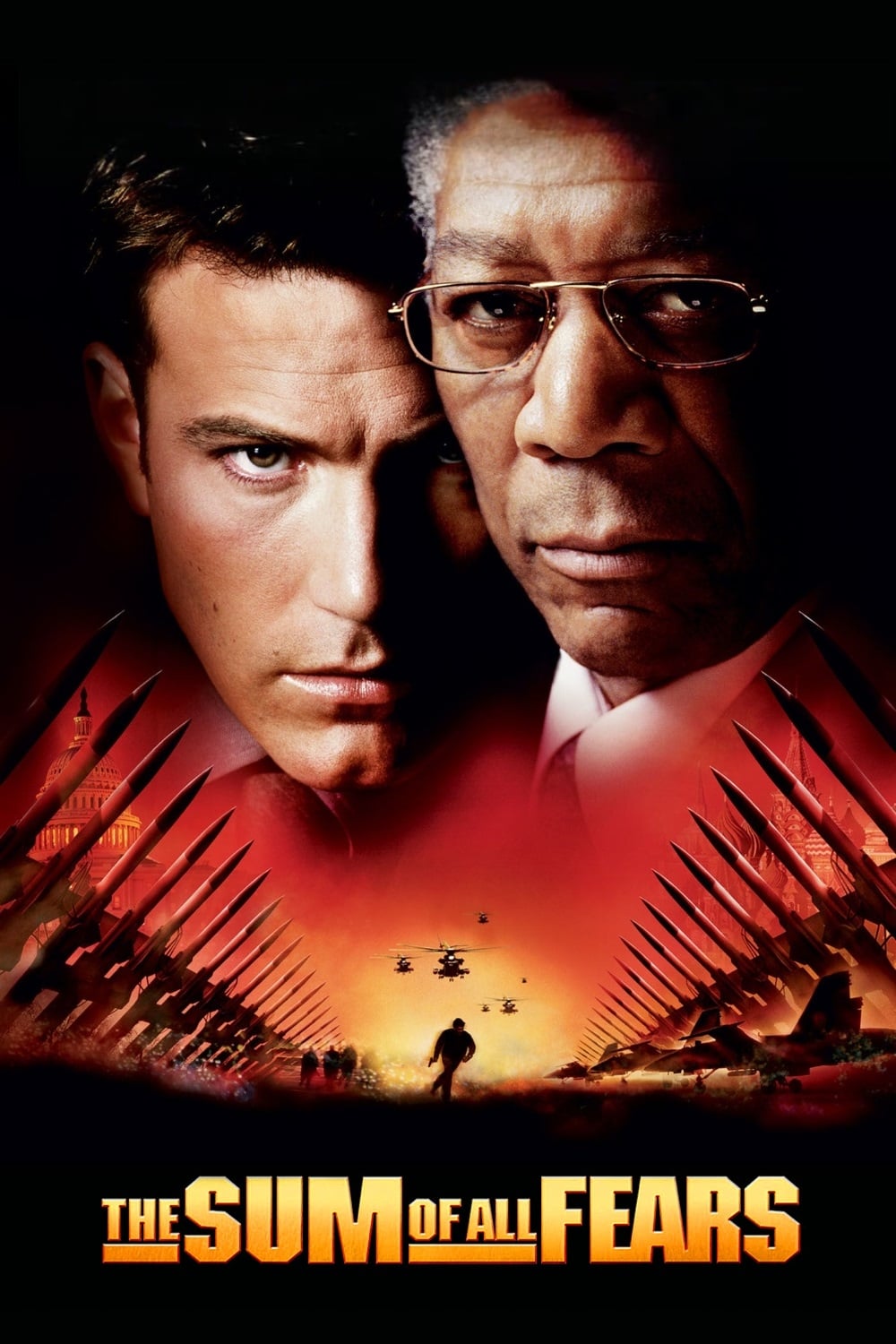
A nuclear bomb explodes in a busy city, instantly destroying buildings and causing widespread death and injury. The massive blast and resulting shockwave flatten entire neighborhoods, scattering debris for miles.
Emergency scenes depict hospitals overwhelmed with patients and communication systems failing. The film also explores the spread of danger – including contamination – which puts both rescuers and those who survive the initial disaster at risk in nearby areas.
‘Shin Godzilla’ (2016)

A quickly changing monster is moving through crowded city areas and industrial districts. Getting people to safety is difficult because of tight streets and slow official responses, and unfortunately, the number of injuries and deaths increases as the creature transforms.
Sweeping images from above show neighborhoods consumed by fire, broken riverbanks, and collapsed railway tracks. The film counts the number of people forced to leave their homes and the homes that have been destroyed, highlighting how damage to essential systems like infrastructure causes even more suffering beyond immediate casualties.
‘Godzilla’ (2014)
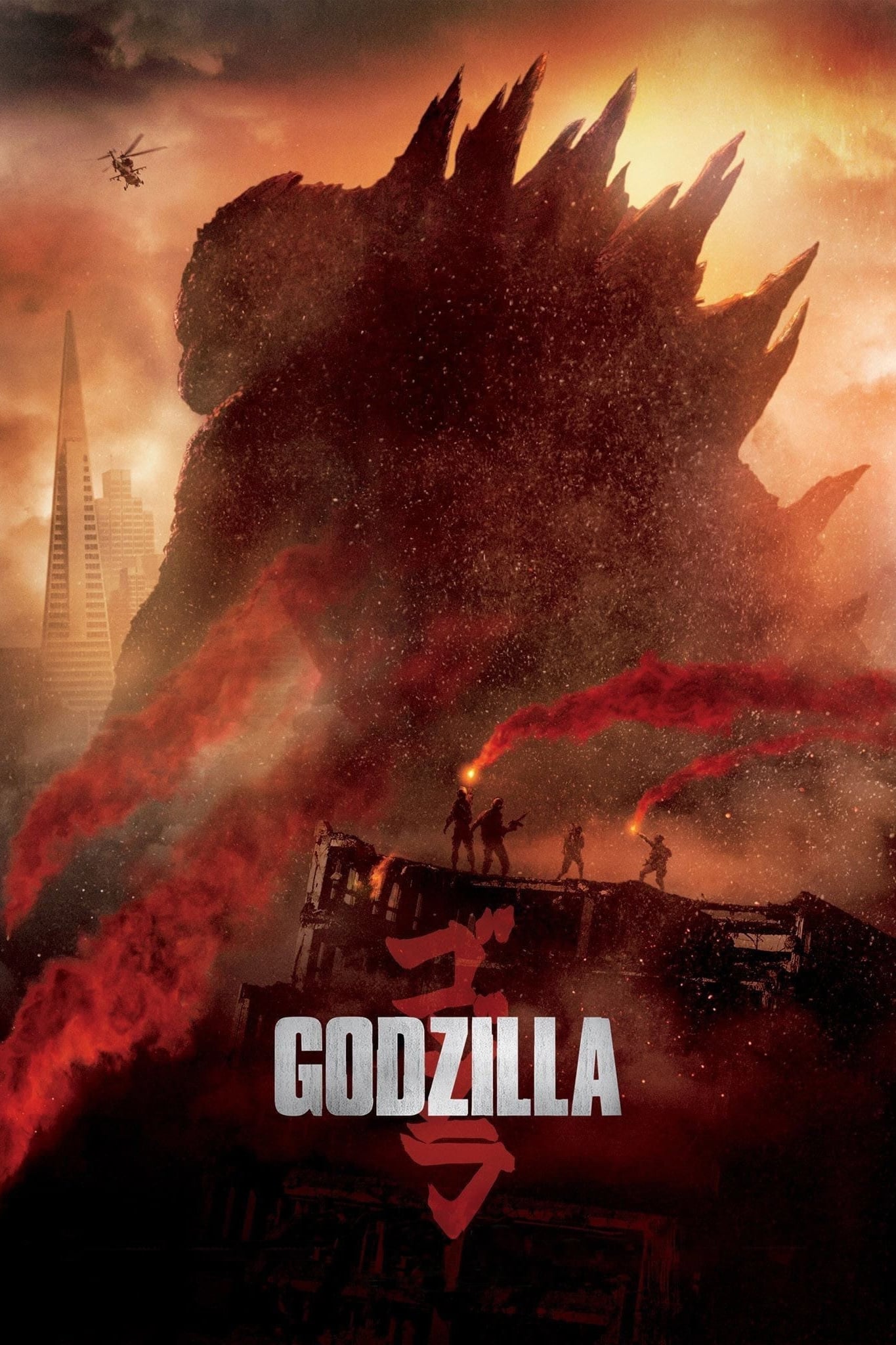
Huge animals are crashing into buildings and disrupting power in coastal and city areas. These dangerous encounters are happening near busy evacuation routes, putting people on roads and public transportation in even greater danger.
While military action can temporarily drive away the monsters, it also causes widespread damage and unintended consequences. The movie emphasizes how these initial conflicts lead to further disasters – like train crashes and power plant failures – ultimately increasing the number of people hurt or killed.
‘War of the Worlds’ (2005)
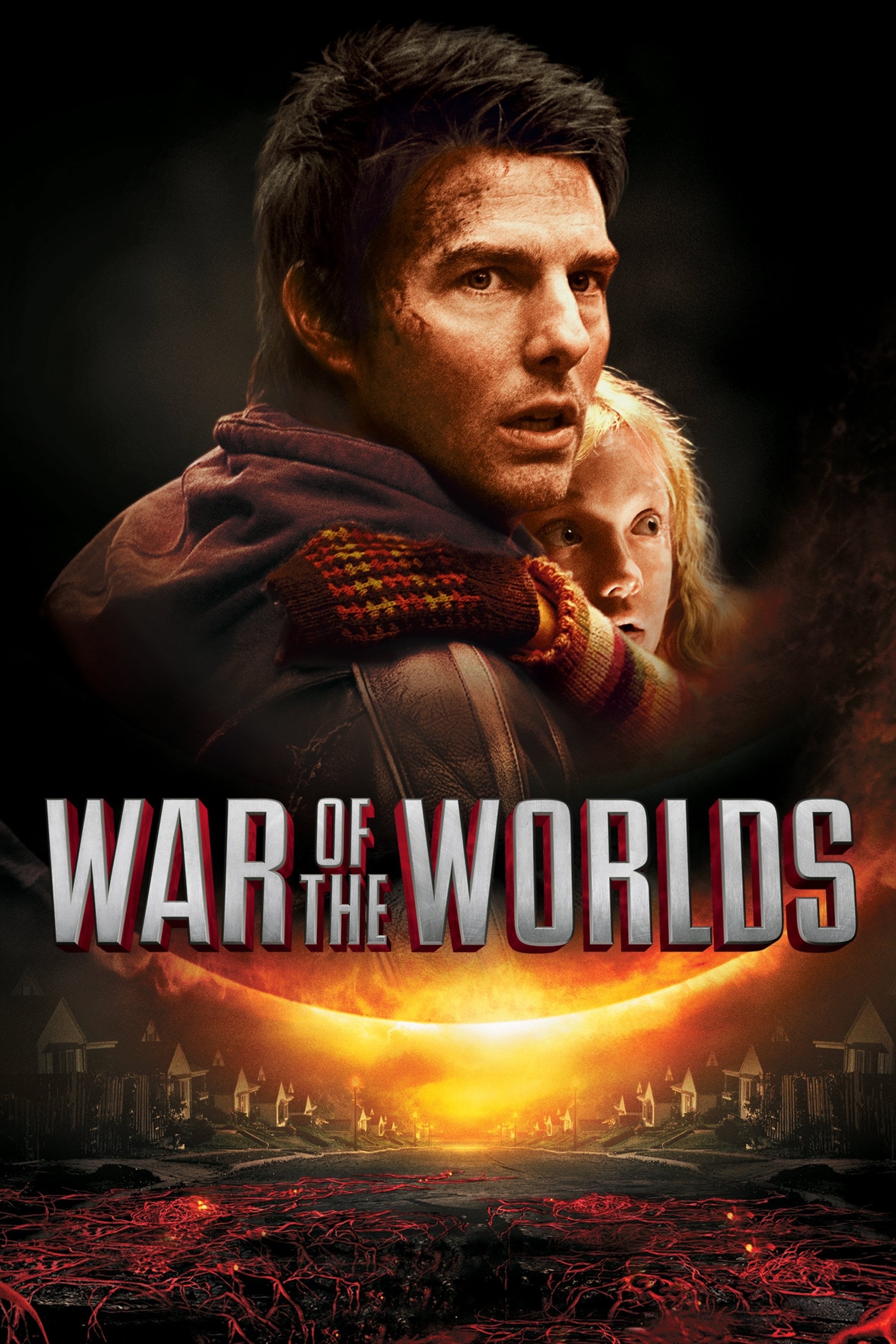
Suddenly, strange tripod machines appear and start destroying people in public areas. The attacks spread from residential neighborhoods to major roads and transportation hubs, even targeting people trying to escape, creating dangerous and chaotic situations.
As a film lover, I was really struck by how quickly things fell apart in this movie. It doesn’t give you much warning as the disaster spreads from place to place. The visuals are incredibly powerful – you see streets covered in ash and just abandoned clothes left behind, really hitting home how sudden and complete the loss is. And it’s not just chaos; we see attempts to fight back, but even the military struggles to make a dent in the relentless advance. It’s a truly unsettling depiction of how quickly things can fall apart.
‘Contagion’ (2011)
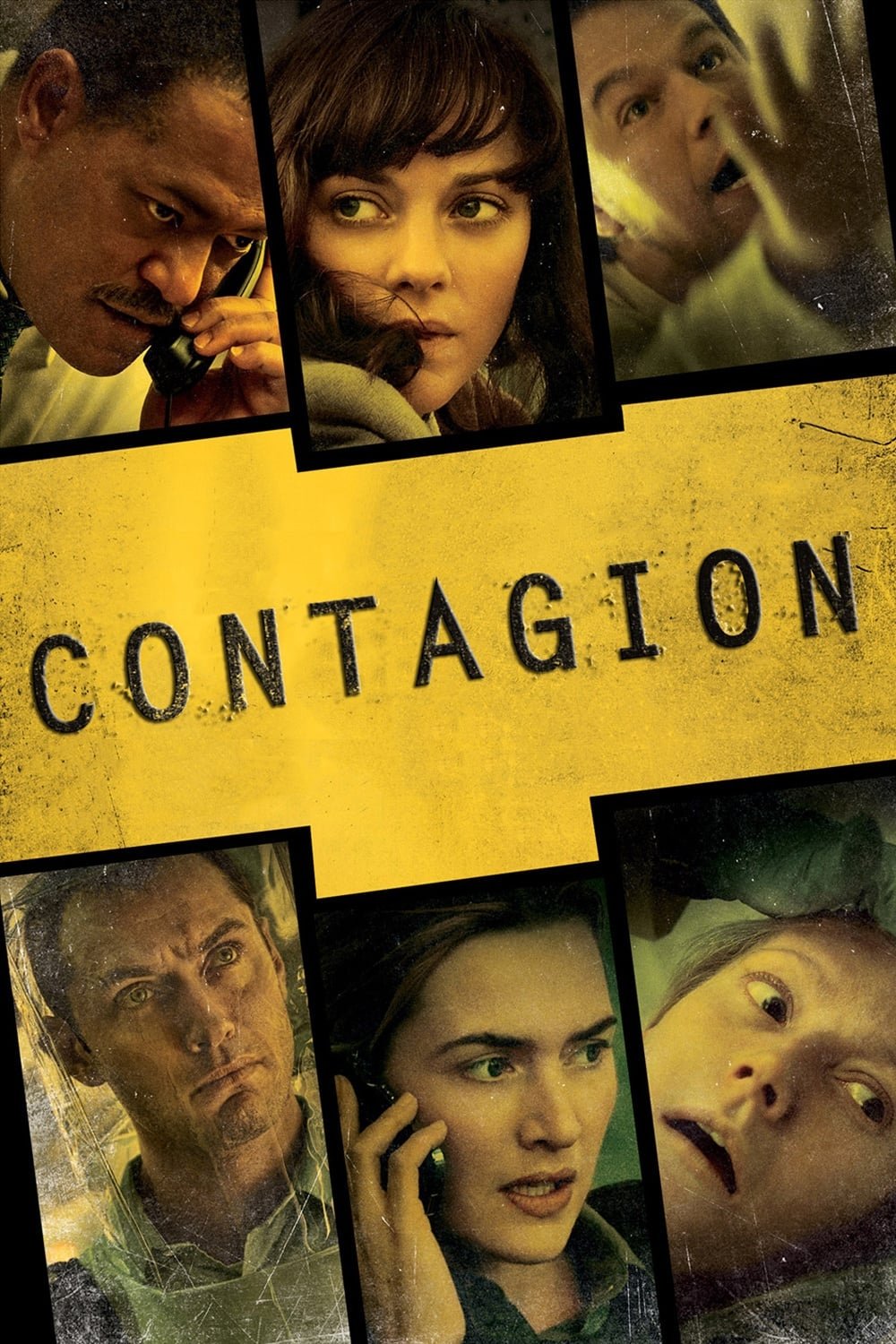
Okay, so picture this: a brand new disease starts spreading like wildfire, hitching rides on planes and trains around the world. Within weeks, hospitals are completely swamped. I’m talking about a critical lack of doctors, nurses, beds – even basic necessities like masks and gloves. The result? A tragically high death toll and a lot of people simply unable to get the care they desperately need. It’s a grim scenario, and honestly, a pretty terrifying one to watch unfold on screen.
The movie shows the spread of the outbreak through visuals like maps and charts tracking rising cases, as well as images of shut-down locations, highlighting the growing pressure on society. Attempts to contain the virus with quarantines and blockades come too late, and it spreads so quickly that many people become sick before a solution is found.
‘The Wandering Earth’ (2019)

A massive engineering project affecting the entire planet is causing dangerous problems. As the project progresses, cities and regions are facing threats like earthquakes, collapsing buildings, and dangerous weather conditions.
As a film buff, I was immediately drawn into the story’s visuals – we see these rescue teams desperately trying to reach people through completely wrecked highways and these eerily frozen, abandoned industrial areas. What really ratchets up the tension, though, is that things are constantly going wrong – delayed launch times for rescue efforts, equipment failing at the worst possible moments – and it puts the people trapped in these crumbling shelters and underground bunkers in even more danger. It’s a really gripping setup.
‘Geostorm’ (2017)

Okay, so the premise of this film is pretty wild: a glitch in a global climate control system goes haywire, and suddenly the world is getting hit with incredibly localized, extreme weather. We’re not talking gentle rain here – think massive, unexpected heat waves, devastating hailstorms, and these incredibly powerful, focused wind bursts – all slamming into major cities. And it’s happening fast, causing a lot of damage and, unfortunately, a high body count. It’s a disaster movie setup, for sure, but the speed and precision of these attacks are what really grabbed me.
The movie jumps between different cities, highlighting multiple emergencies that overwhelm international rescue crews. Because satellites and control centers are failing, they can’t shut down systems quickly enough, and the number of disasters keeps growing with each new storm.
‘San Andreas’ (2015)

A large earthquake strikes, causing aftershocks and a huge wave that slams the coast. The city center is devastated, with buildings collapsing, highways cracking open, and widespread fires erupting from broken gas pipes, resulting in significant damage and casualties.
Rescue teams are struggling to reach people because roads are blocked, bridges have collapsed, and rivers have overflowed. The ongoing aftershocks and flooding are making the situation even more dangerous, and unfortunately, more people are getting hurt or trapped because they can’t escape in time.
‘Titanic’ (1997)

A large passenger ship hit an iceberg and sank quickly, resulting in the deaths of many people on board. The disaster was worsened by not enough lifeboats, unclear instructions during the evacuation, and the extremely cold temperature of the water.
The film illustrates how quickly the ship flooded, the degree to which it tilted, and how those factors reduced the areas where passengers could survive. It also demonstrates how a passenger’s social class – specifically their cabin location and the routes they had to take to escape – impacted their chances of survival, ultimately explaining the casualty count.
Tell us in the comments what you think is the most devastating disaster movie, and share the scenes that really affected you.
Read More
- Can the Stock Market Defy Logic and Achieve a Third Consecutive 20% Gain?
- Deepfake Drama Alert: Crypto’s New Nemesis Is Your AI Twin! 🧠💸
- Dogecoin’s Big Yawn: Musk’s X Money Launch Leaves Market Unimpressed 🐕💸
- Bitcoin’s Ballet: Will the Bull Pirouette or Stumble? 💃🐂
- SentinelOne’s Sisyphean Siege: A Study in Cybersecurity Hubris
- LINK’s Tumble: A Tale of Woe, Wraiths, and Wrapped Assets 🌉💸
- Binance’s $5M Bounty: Snitch or Be Scammed! 😈💰
- ‘Wake Up Dead Man: A Knives Out Mystery’ Is on Top of Netflix’s Most-Watched Movies of the Week List
- Silver Rate Forecast
- Ethereum’s Fusaka: A Leap into the Abyss of Scaling!
2025-10-15 05:47